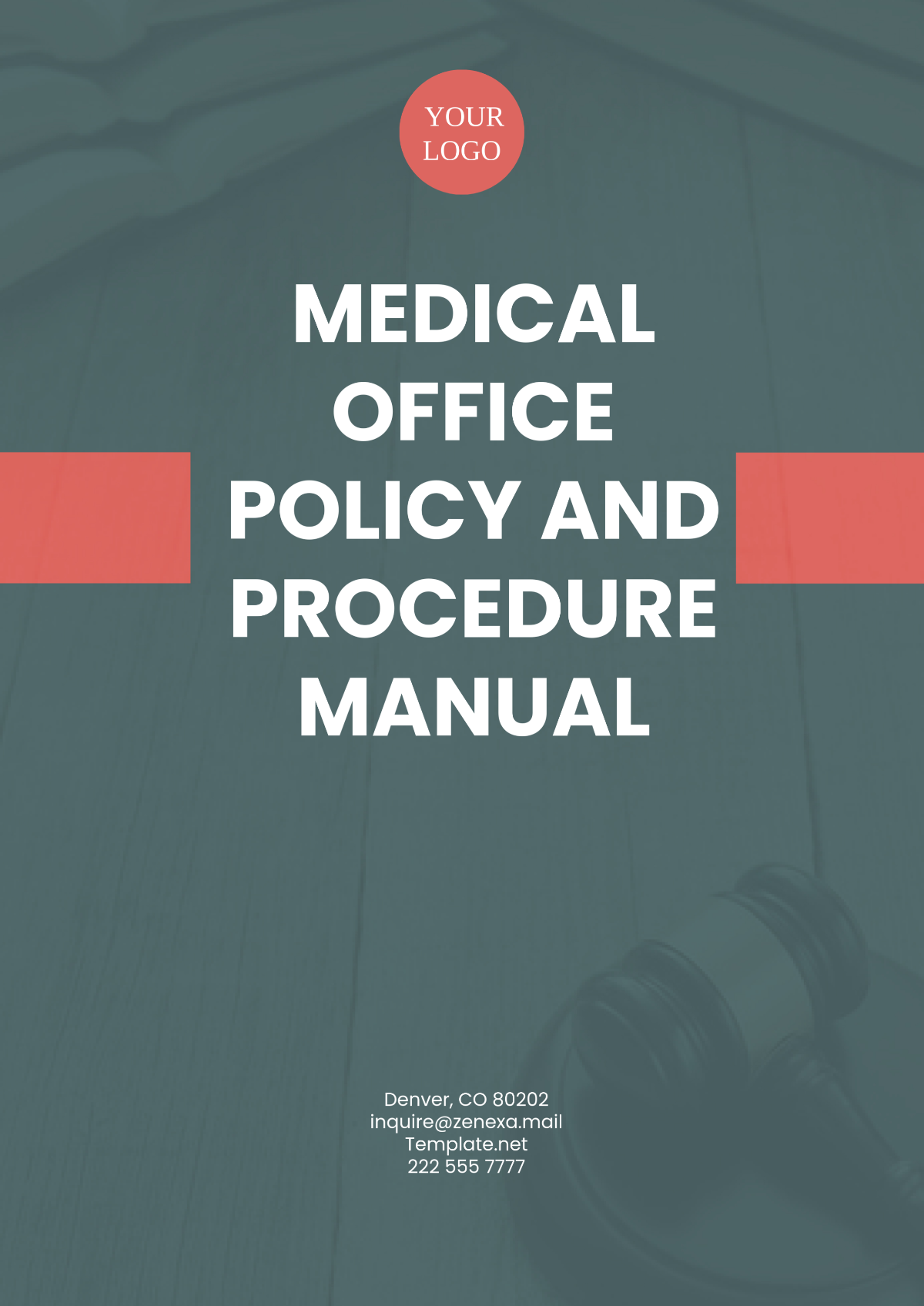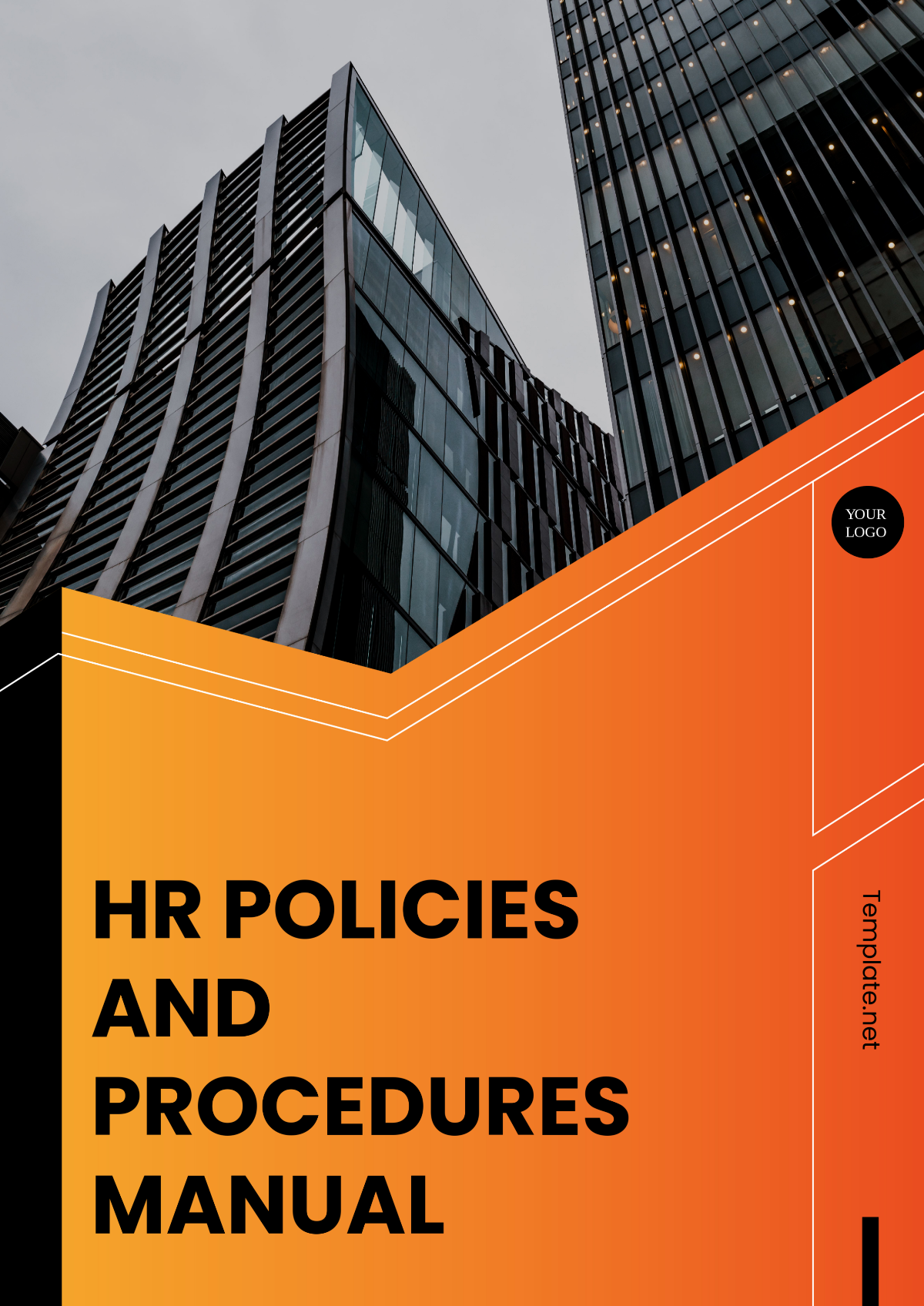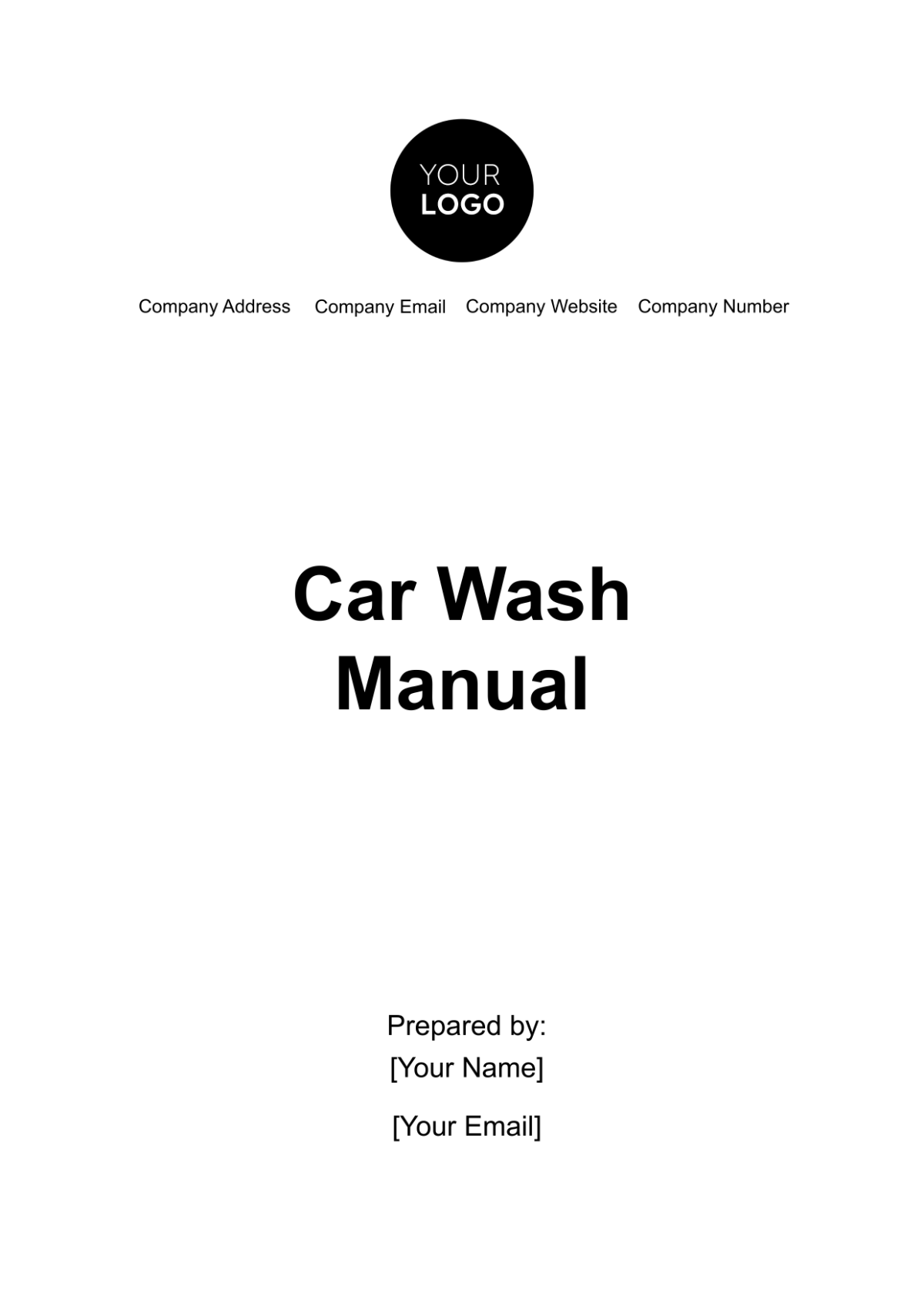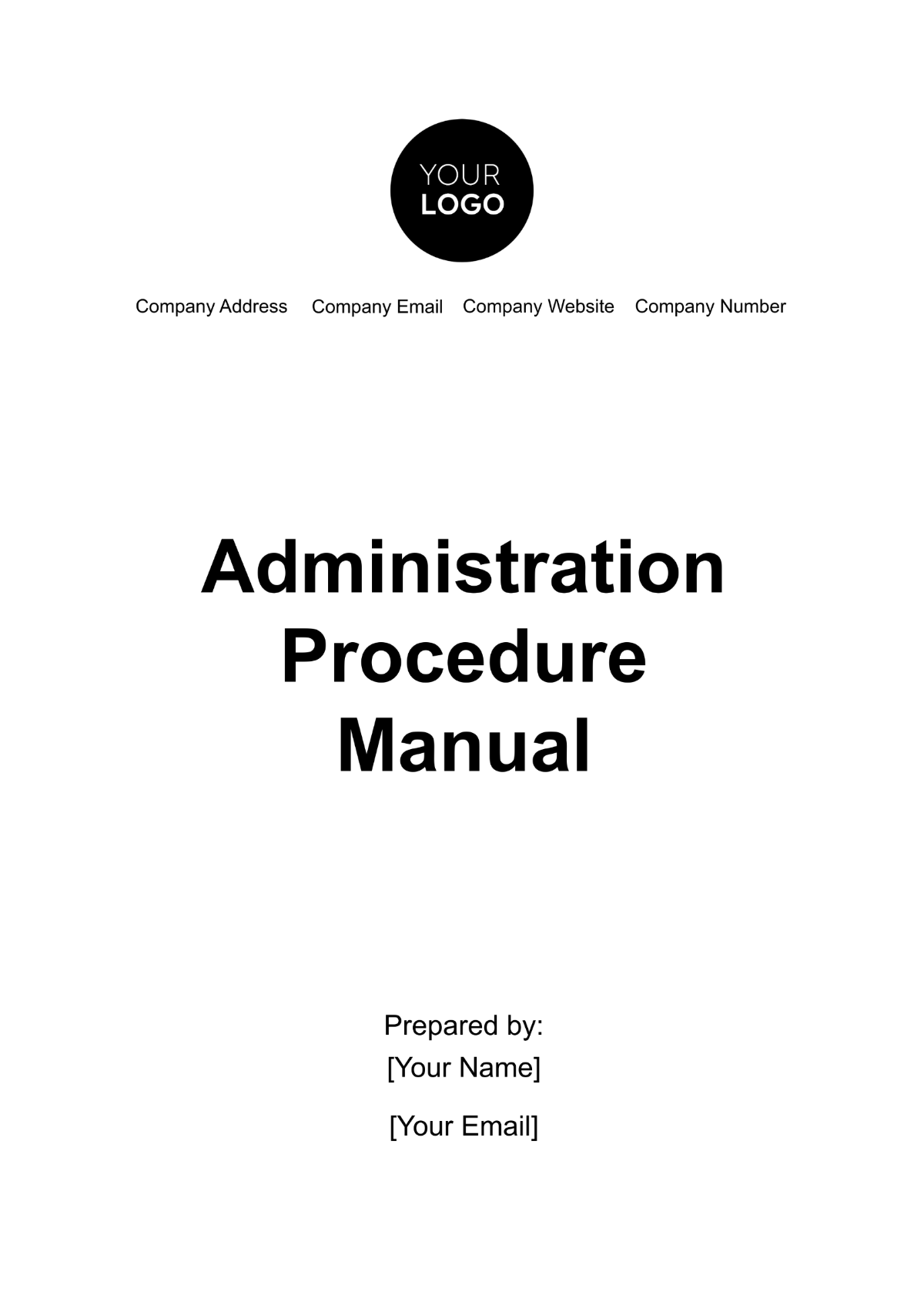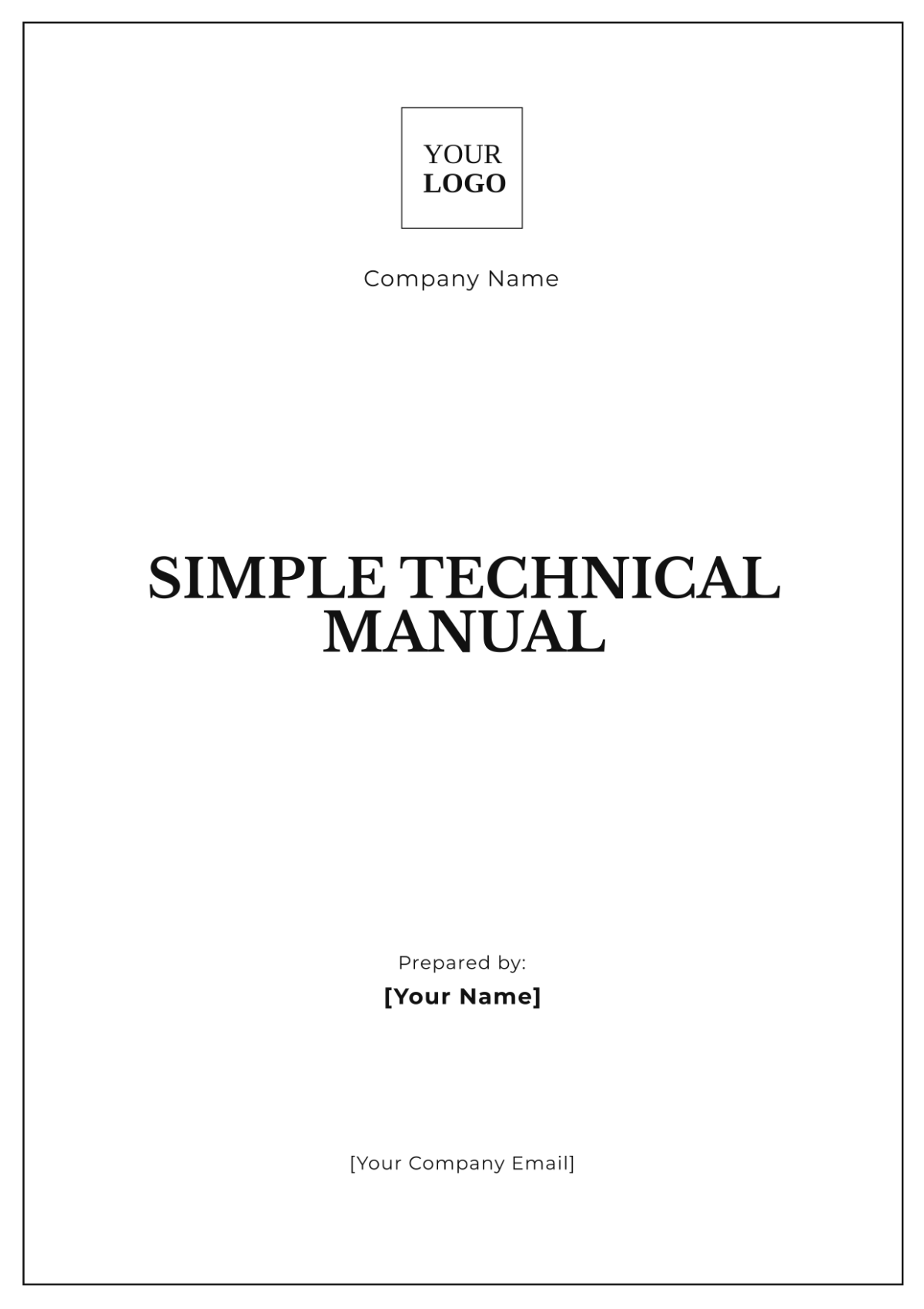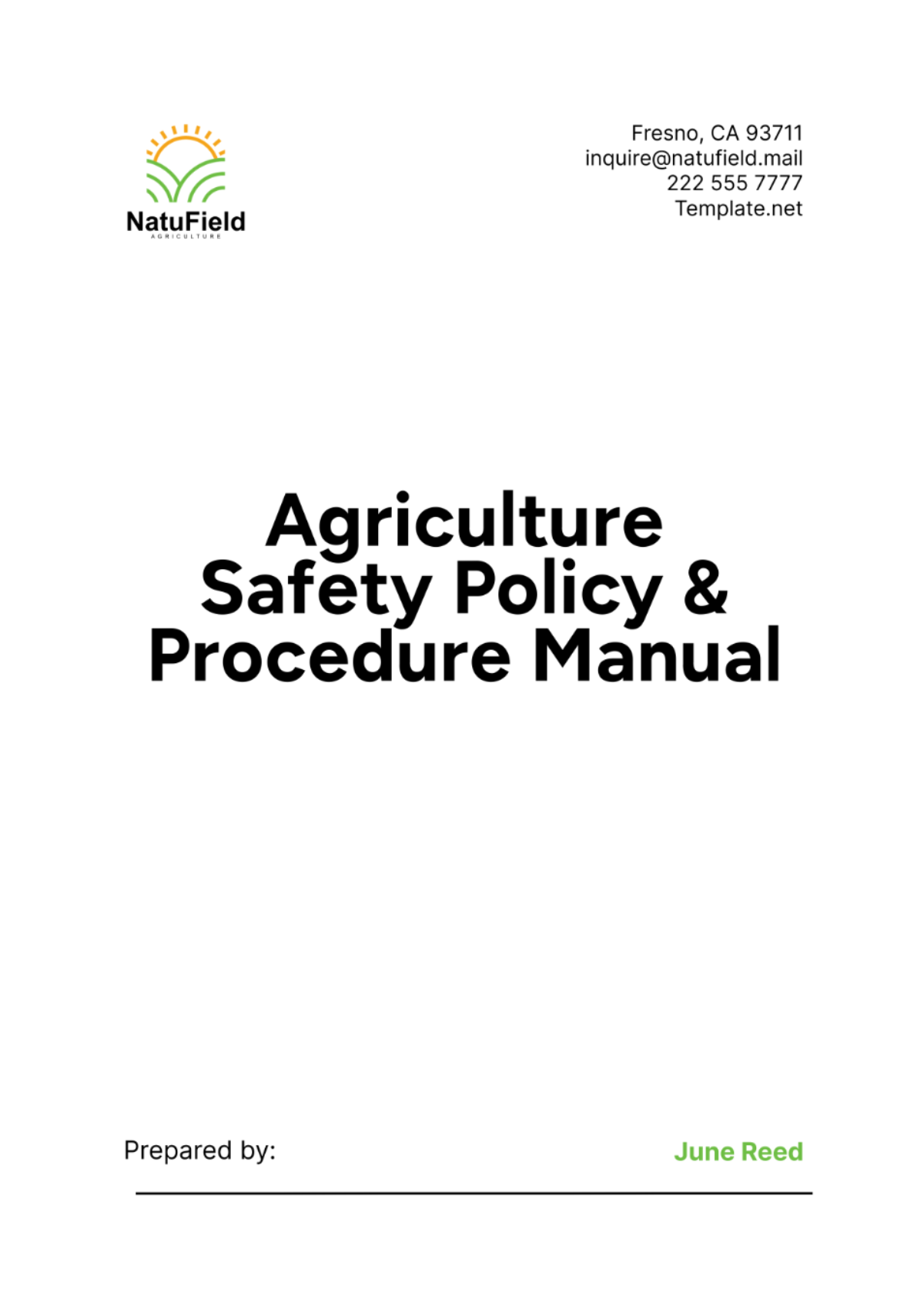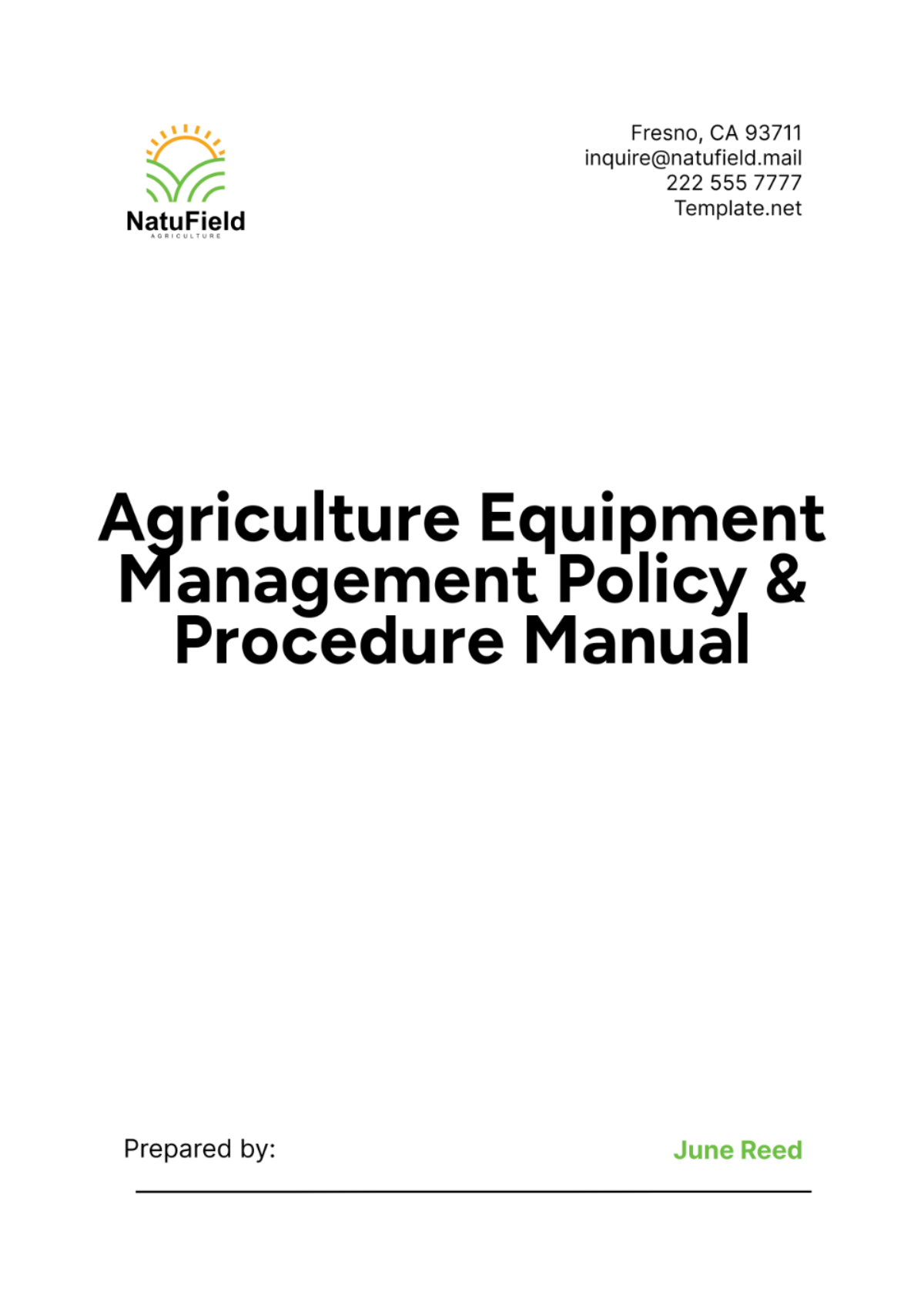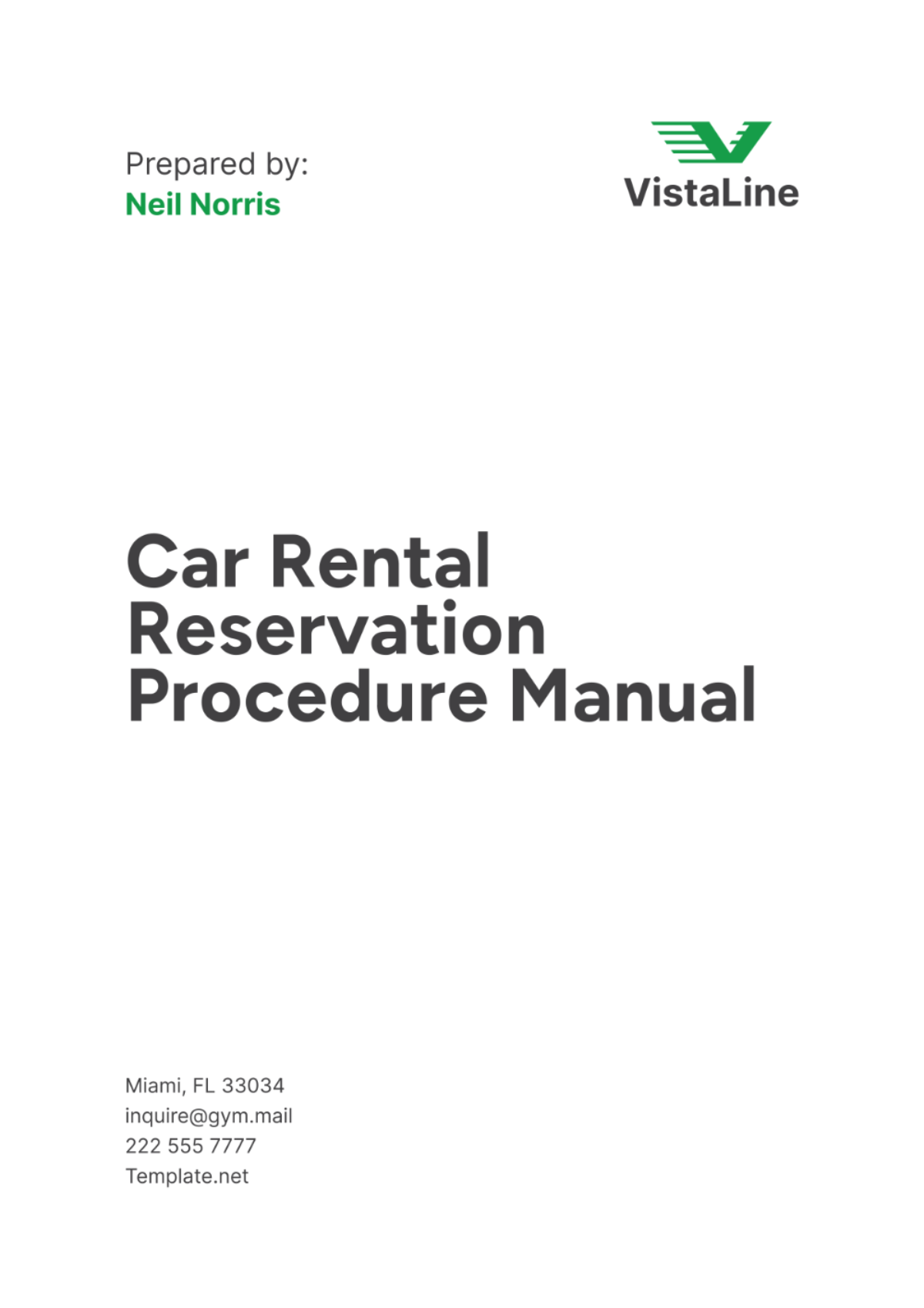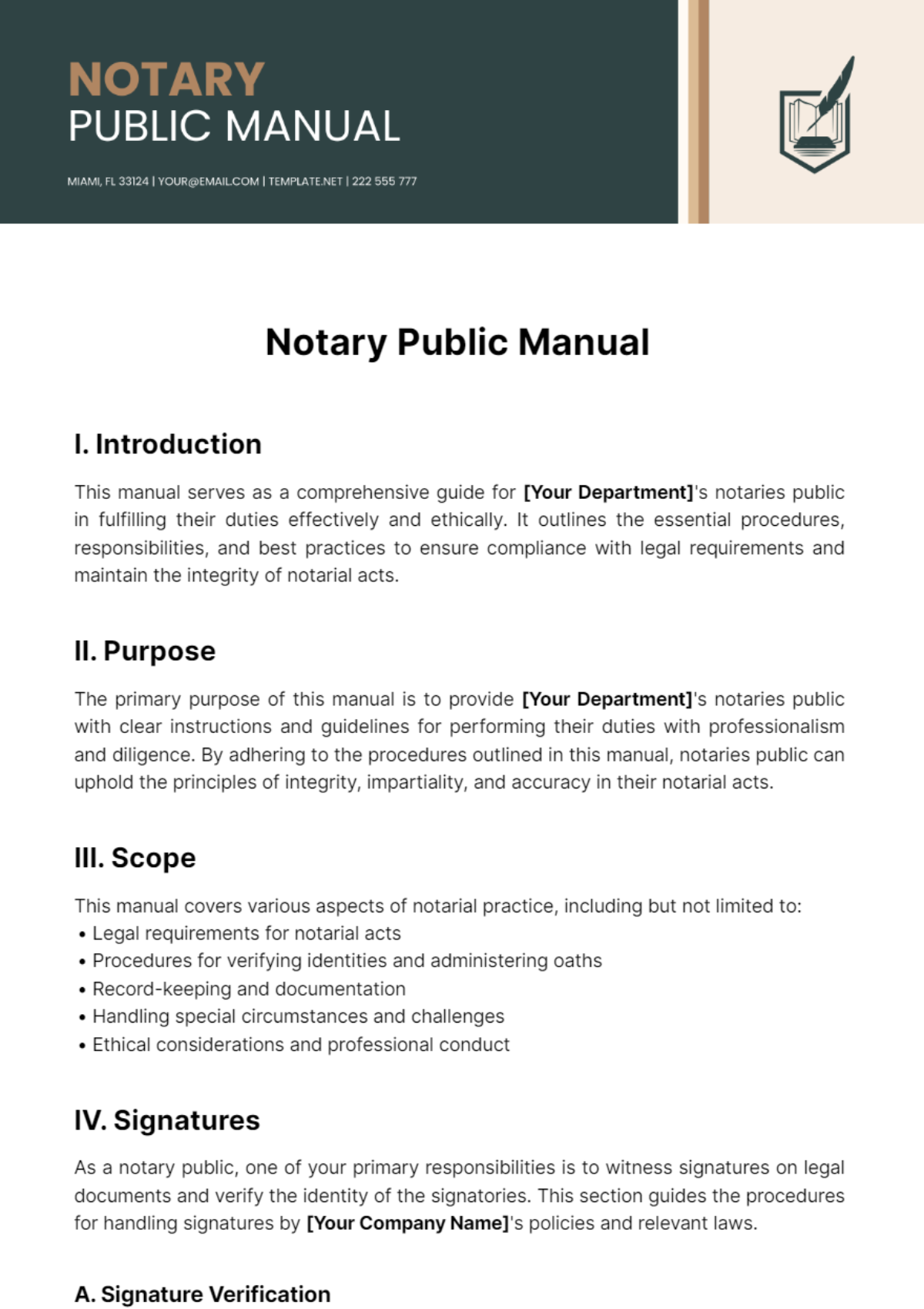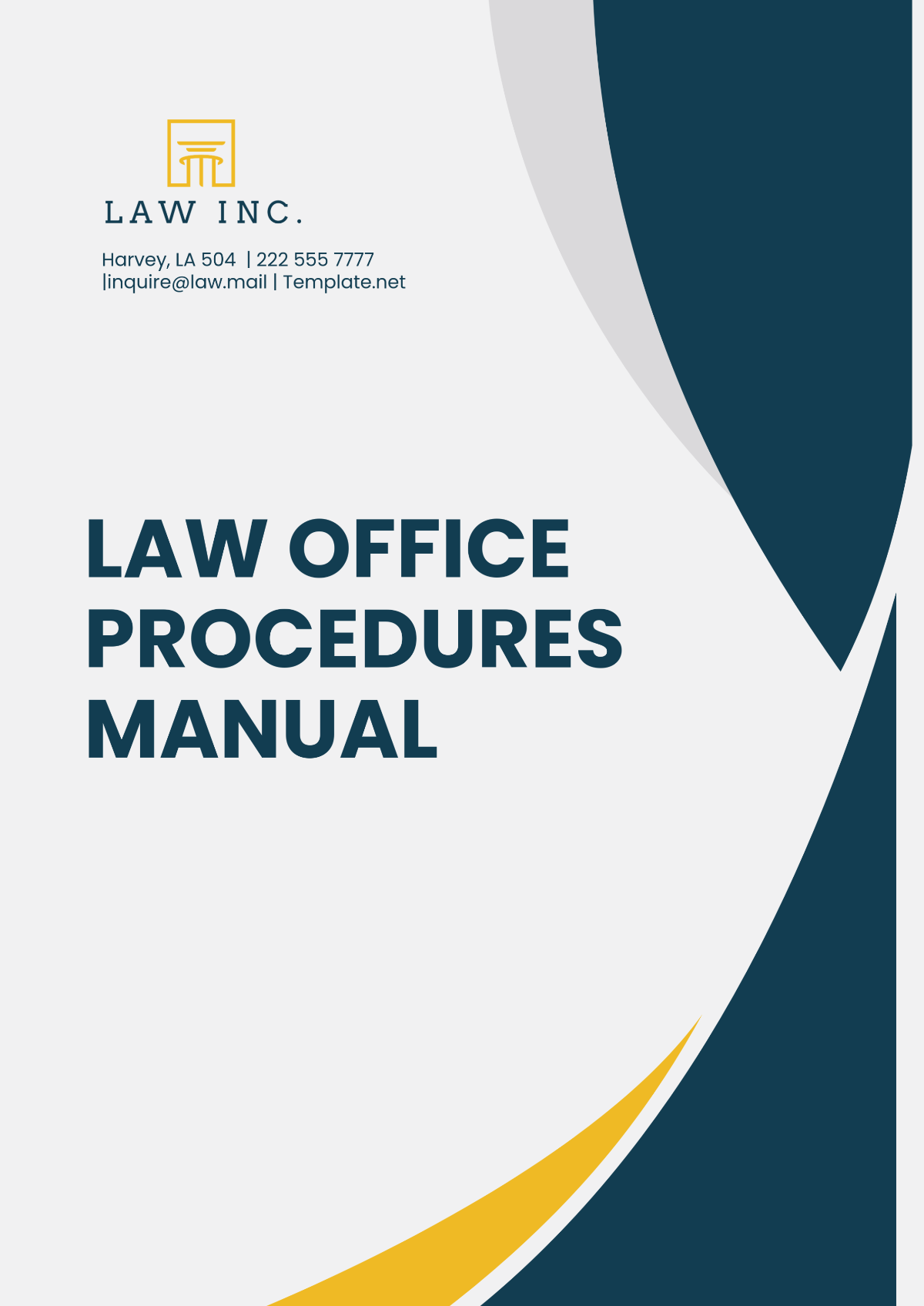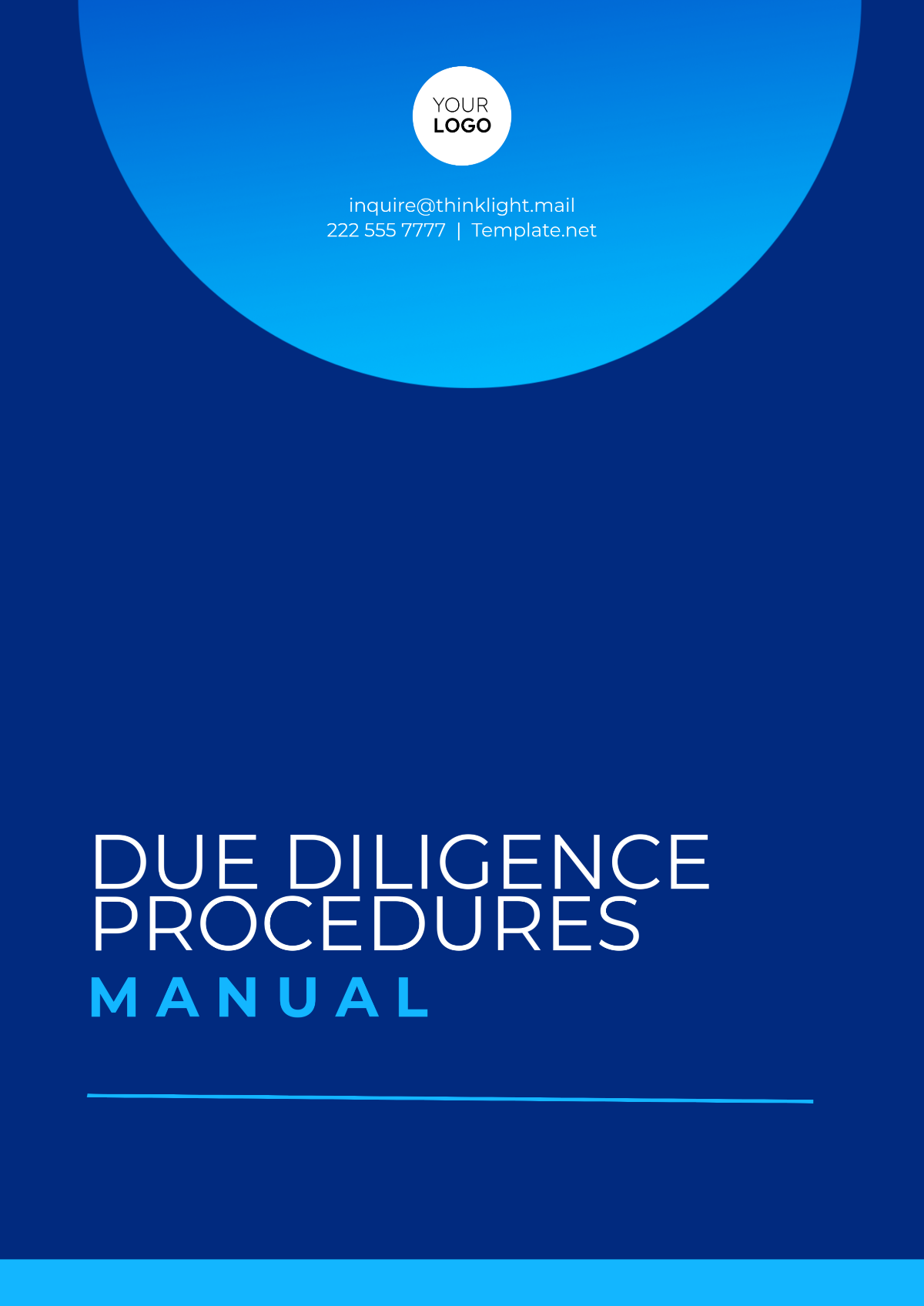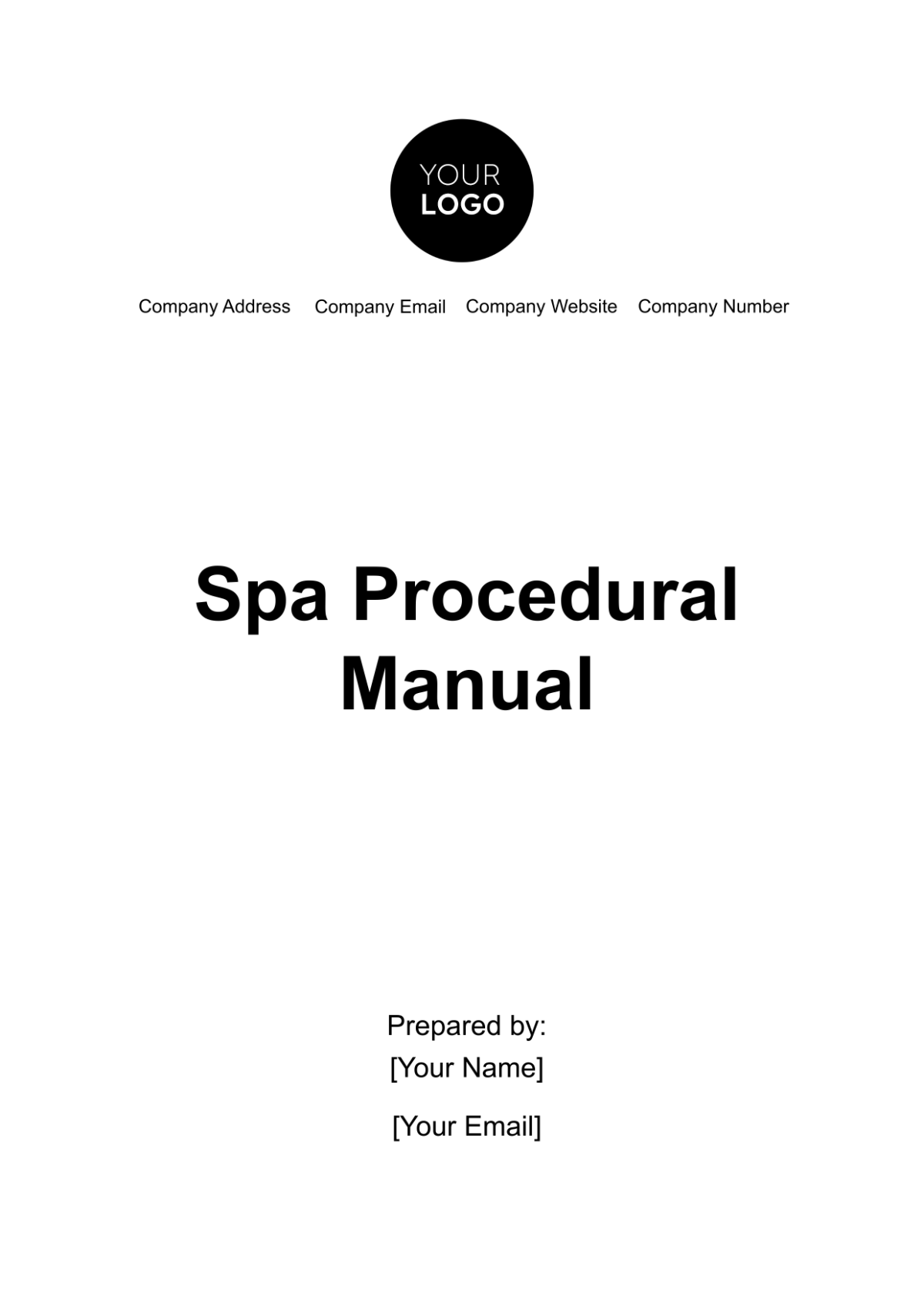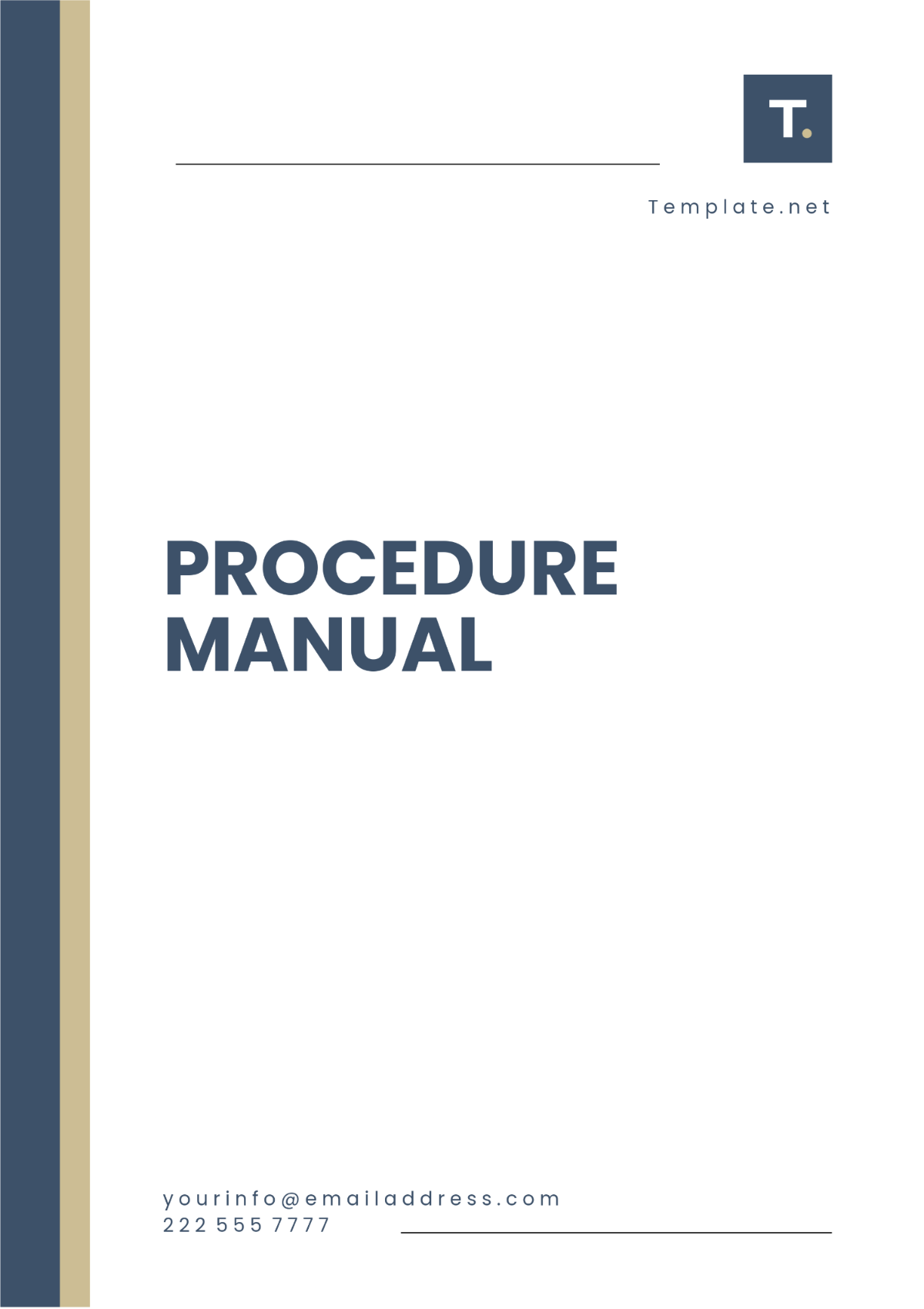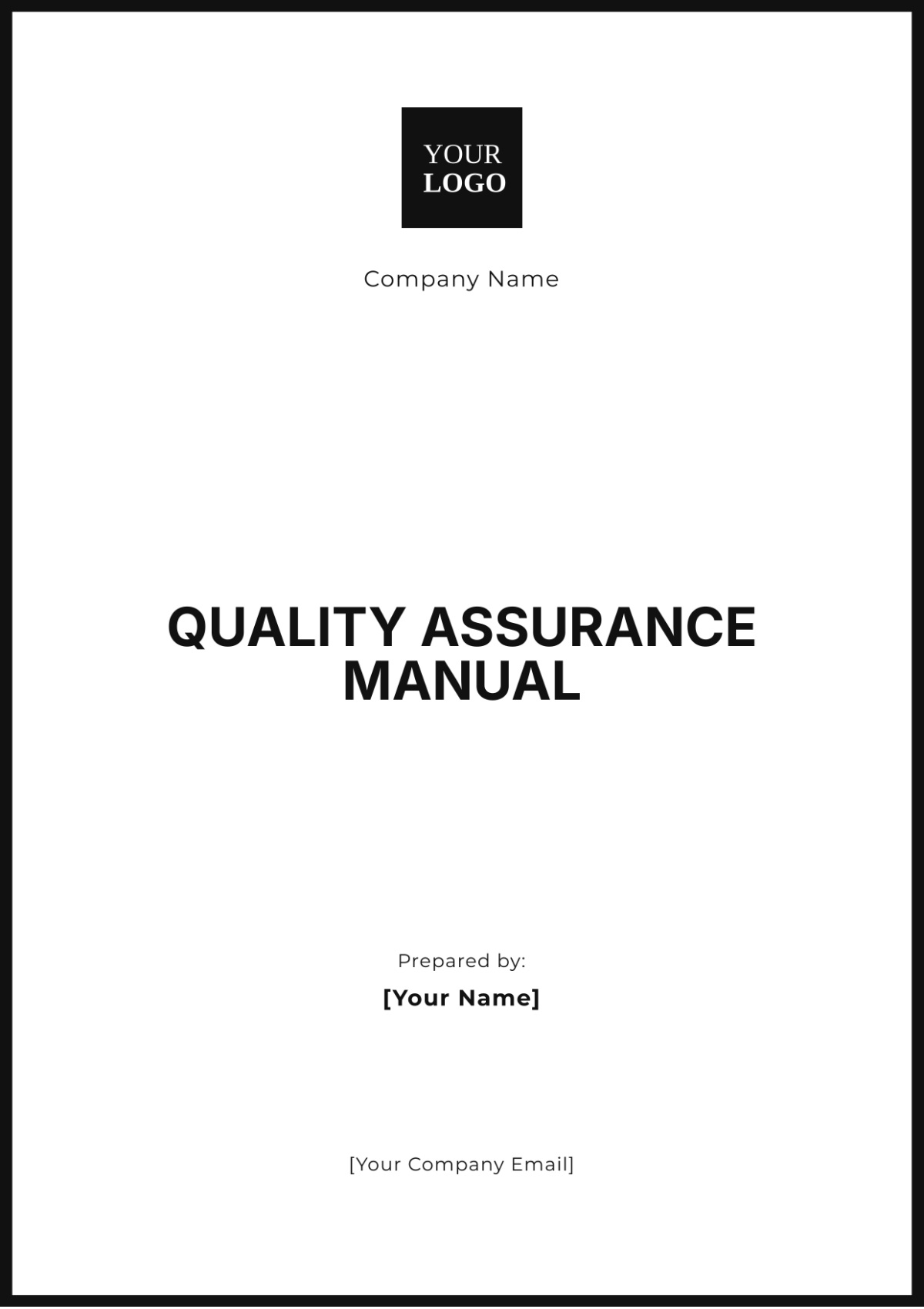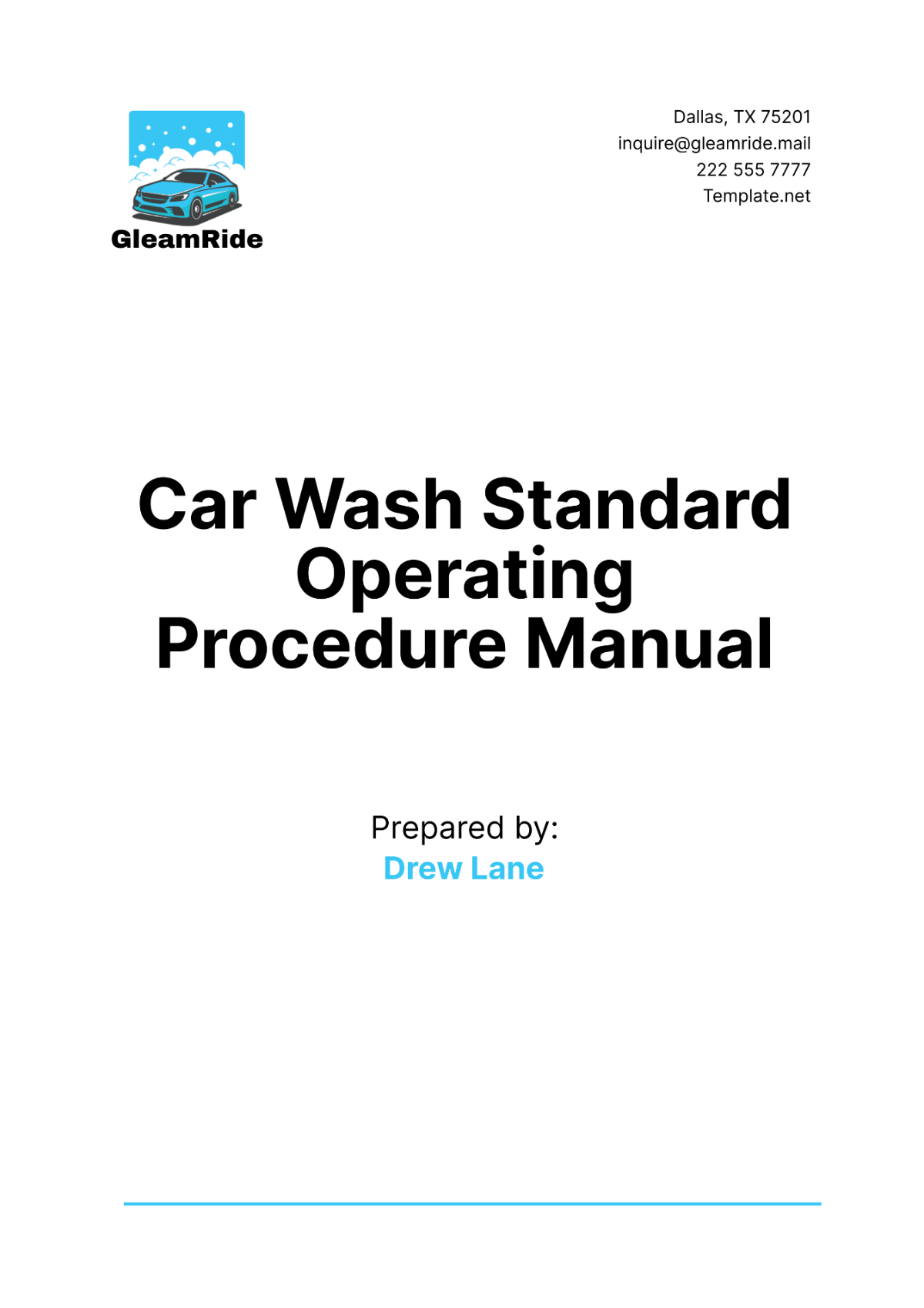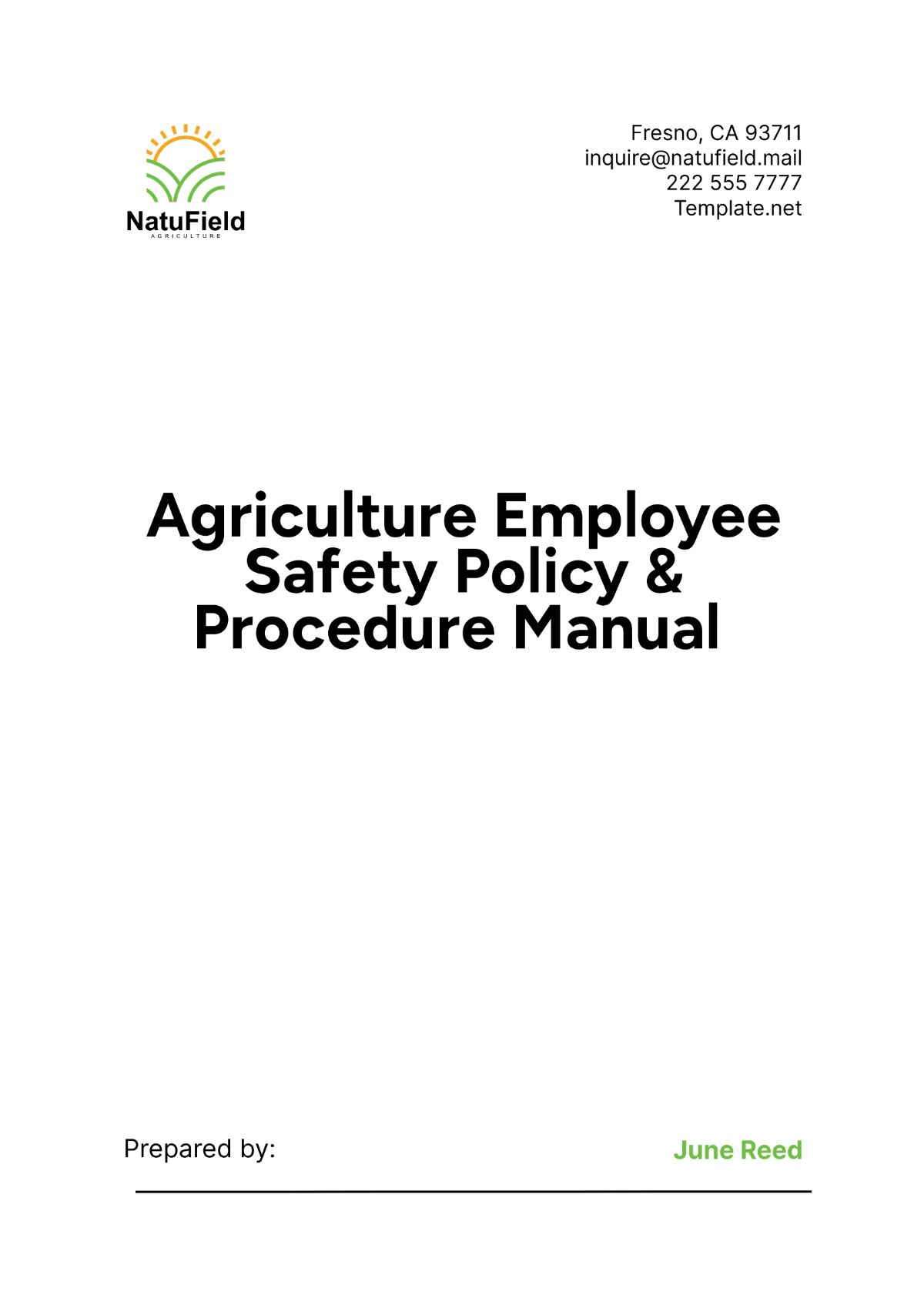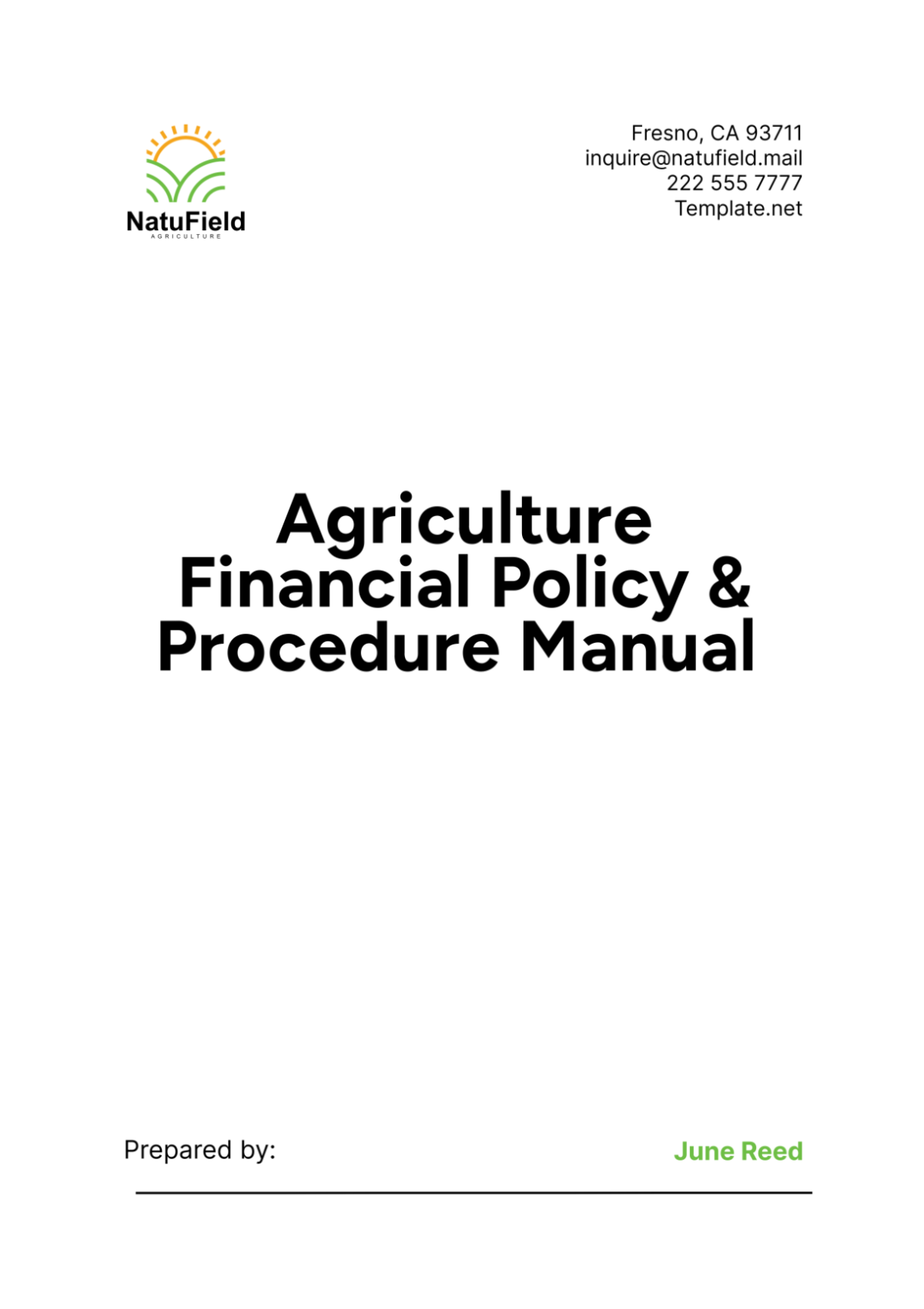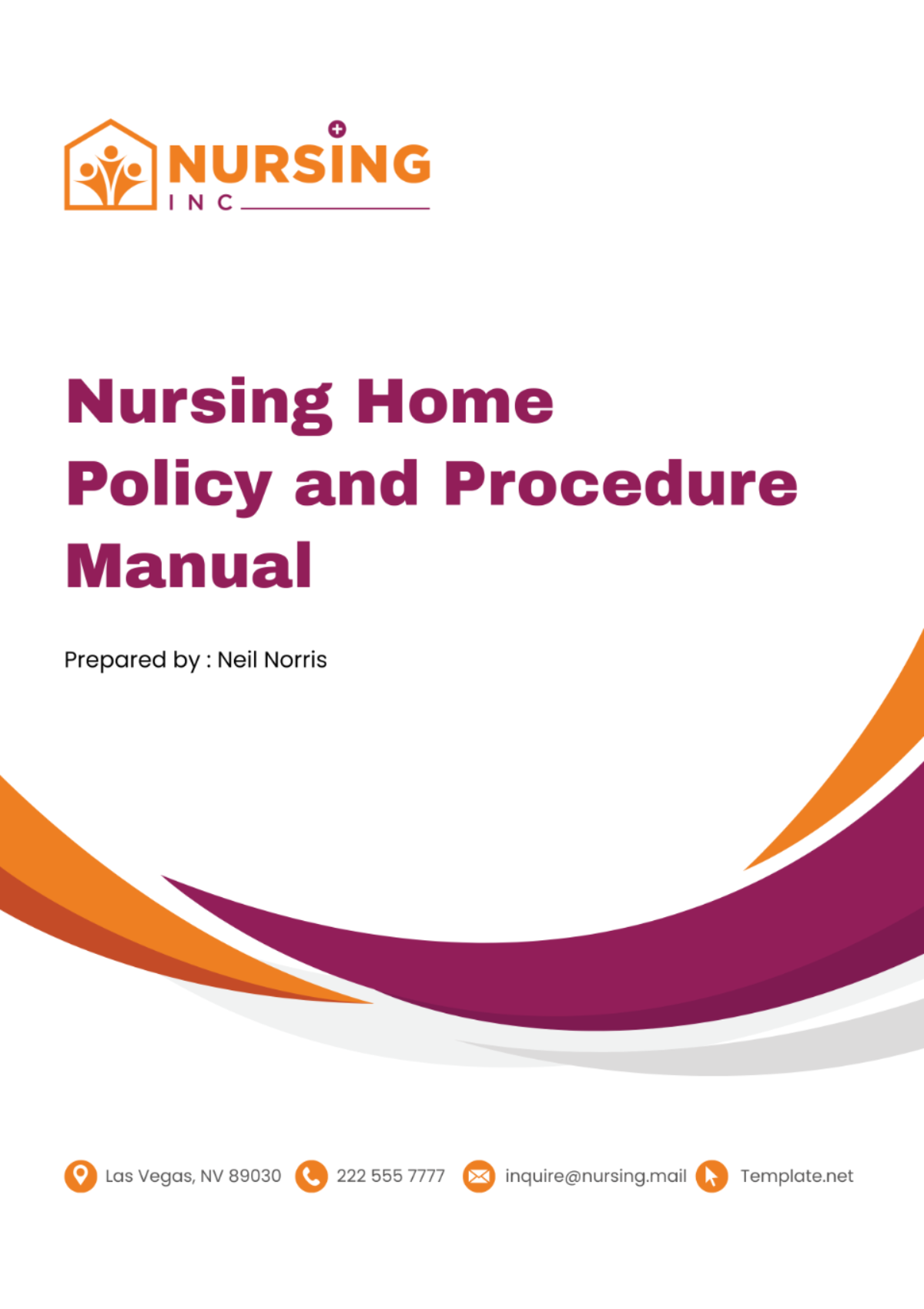Professional Peer Review Implementation Manual HR
Prepared by: [Your Name]
Company: [Your Company Name]
Date: [Insert Date]
Introduction
This manual provides a comprehensive guide to implementing a professional peer review process within an organization's HR department. This process aims to enhance employee performance, improve work quality, foster a culture of continuous improvement, and provide career development opportunities. The peer review system is designed to solicit constructive feedback, encourage open communication, and promote professional growth.
Objectives of the Peer Review Process
The primary objectives of the peer review process include:
Enhancing the quality and efficiency of work performed.
Providing employees with constructive feedback for professional development.
Building a supportive culture of continuous improvement and learning.
Ensuring alignment of individual goals with organizational objectives.
Encouraging accountability and responsibility amongst employees.
Implementation Steps
Step 1: Planning and Preparation
The planning and preparation phase is crucial for setting the foundation of a successful peer review process. This stage involves defining clear objectives, aligning the goals with broader organizational goals, and developing a strategic plan. Key tasks include:
Identifying the scope and purpose of the peer review process.
Designing a framework for evaluations, feedback, and assessments.
Establishing a timeline for implementation and reviewing cycles.
Securing necessary resources and approval from senior management.
Step 2: Developing Review Guidelines
A set of guidelines should be established to ensure consistency and fairness in the peer review process. These guidelines should include:
Criteria for evaluation, including both qualitative and quantitative measures.
Methods for acquiring and processing feedback.
Roles and responsibilities of reviewers and participants.
Confidentiality and ethical standards are to be upheld during the process.
Step 3: Training and Communication
For successful implementation, training sessions should be carried out to educate employees about the peer review process. Key components include:
Informative workshops or seminars explaining the purpose and benefits of peer reviews.
Guidelines on delivering and receiving feedback constructively.
Clear communication channels for addressing questions or concerns.
Step 4: Pilot Testing
Conduct a pilot test of the peer review process in a controlled group setting. This test allows for:
Identifying potential issues and making necessary adjustments.
Gathering feedback from participants to refine the process.
Evaluating the effectiveness and feasibility of the framework.
Step 5: Full Implementation
Upon successful completion of the pilot test, the peer review process can be rolled out organization-wide. This phase involves:
Implementing the refined process across relevant departments.
Ensuring consistent application of the guidelines and procedures.
Facilitating ongoing support and resources for participants.
Evaluation and Monitoring
Evaluate the effectiveness of the peer review process by establishing performance metrics. Regular monitoring and assessments ensure the process meets its objectives. Key actions include:
Developing a feedback loop to continuously improve the process.
Conducting regular audits and evaluations of the review outcomes.
Adjusting strategies based on feedback and evolving organizational needs.
Challenges and Solutions
Implementing a peer review process can present several challenges. A few common ones include:
Challenge | Solution |
|---|---|
Resistance from Employees | Conduct effective communication and training to illustrate benefits. |
Lack of Consistency | Establish clear guidelines and conduct regular training. |
Bias or Bias Perception | Ensure anonymity and multiple reviewers to balance perspectives. |
Conclusion
The implementation of a peer review process represents a step towards greater transparency, accountability, and professional growth within an organization. By following the steps outlined in this manual, HR departments can establish a robust review process that aligns employee performance with the overall strategic objectives of the organization. Regular review and adaptation of the process will ensure its continued relevance and effectiveness in achieving desired outcomes.












